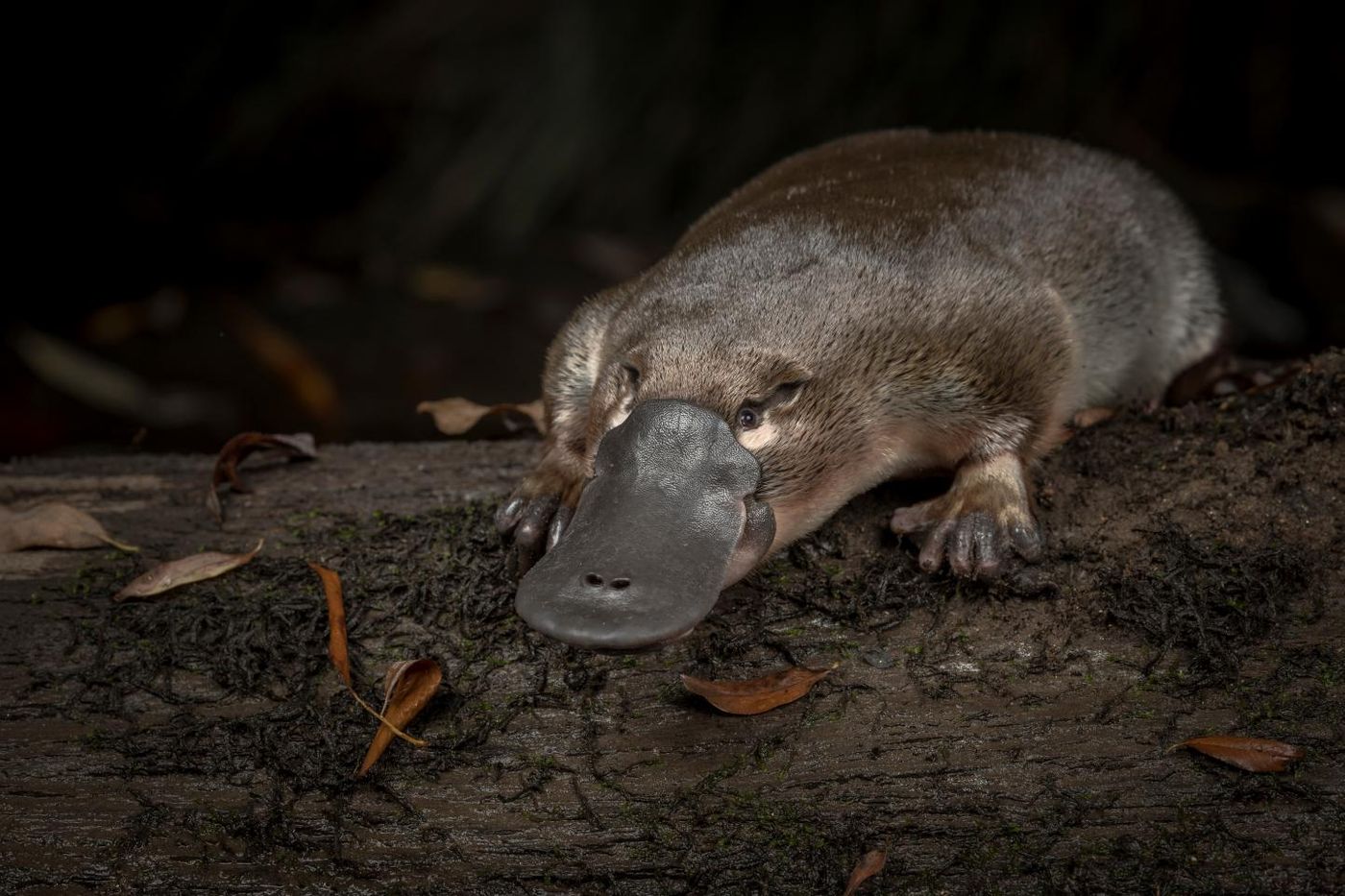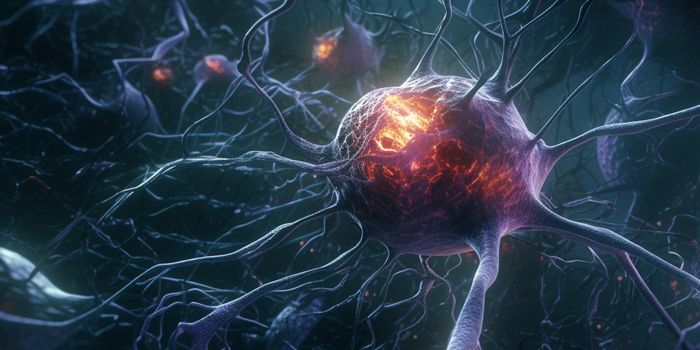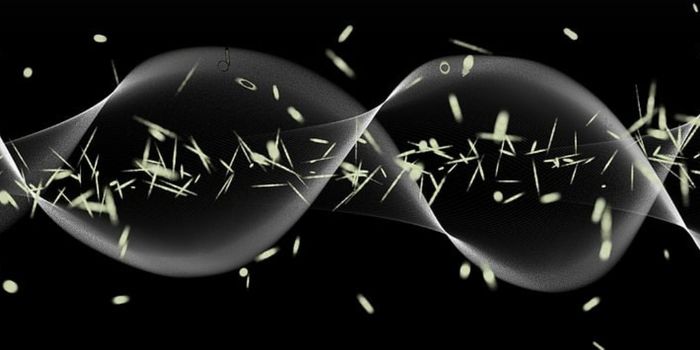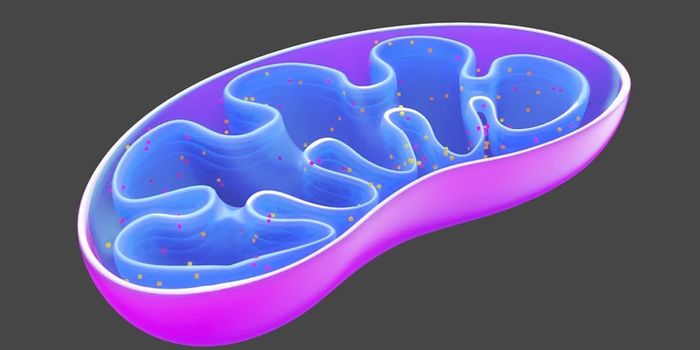The Weird Animal with Ten Sex Chromosomes
The platypus is a near-threatened species from eastern Australia and Tasmania. The platypus is considered to be a mammal because it grows hair, has mammary glands, and three bones in the middle ears. Their beaks are filled with electrical sensors that help them find prey - insects and shellfish in the muddy rivers it roams. Males carry a venomous spur behind each hind leg, which might be deployed when they fight another male for territory. These egg-laying animals have fur that glows under UV light and carry ten sex chromosomes, unlike any other animal.
Scientists have now sequenced the platypus genome, and this genetic data has provided new insights into how this semiaquatic, toothless animal evolved. The work has been reported in Nature.
"The complete genome has provided us with the answers to how a few of the platypus' bizarre features emerged. At the same time, decoding the genome for platypus is important for improving our understanding of how other mammals evolved -- including us humans. It holds the key as to why we and other eutheria mammals evolved to become animals that give birth to live young instead of egg-laying animals," noted senior study author Professor Guojie Zhang of the Department of Biology at the University of Copenhagen.
The platypus is one of an ancient mammalian group called monotremes, which lived millions of years ago before any modern-day mammal emerged.
"Indeed, the platypus belongs to the Mammalia class. But genetically, it is a mixture of mammals, birds, and reptiles. It has preserved many of its ancestors' original features, which probably contribute to its success in adapting to the environment they live in," added Zhang.
The vitellogenin genes are crucial for egg yolk production, and humans lost all three of them as we evolved. But chickens retained them all. In this work, the researchers found that platypuses carry one of these three genes, though the other two were jettisoned about 130 million years ago. Thus, the lone platypus vitellogenin gene is probably responsible for its egg-laying characteristic.
The casein genes that generate casein protein, a major component of mammalian milk, replaced the vitellogenin genes. The platypus carries casein genes too, and its milk has a similar makeup as that of cows and other mammals.
"It informs us that milk production in all extant mammal species has been developed through the same set of genes derived from a common ancestor which lived more than 170 million years ago alongside the early dinosaurs in the Jurassic period," said Zhang.
This study also revealed that about 120 million years ago, the platypus lost four of the eight genes that play a role in tooth development, and its teeth. Instead, it mashes food up with two horn plates.
Mammals have two sex chromosomes; in humans, they are known as X and Y and females carry XY while males carry XX. But incredibly, the platypus is so unique it carries five of each for a total of ten sex chromosomes, five Y and five X.
The male platypus sex chromosomes are named X1Y1, X2Y2, and so on. They do no share similarities with human or mouse XY chromosomes. In the platypus, the ten sex chromosomes link up in a chain as sperm cells develop.
Sources: Science Daily via Faculty of Science - University of Copenhagen, University of Vienna, Nature









